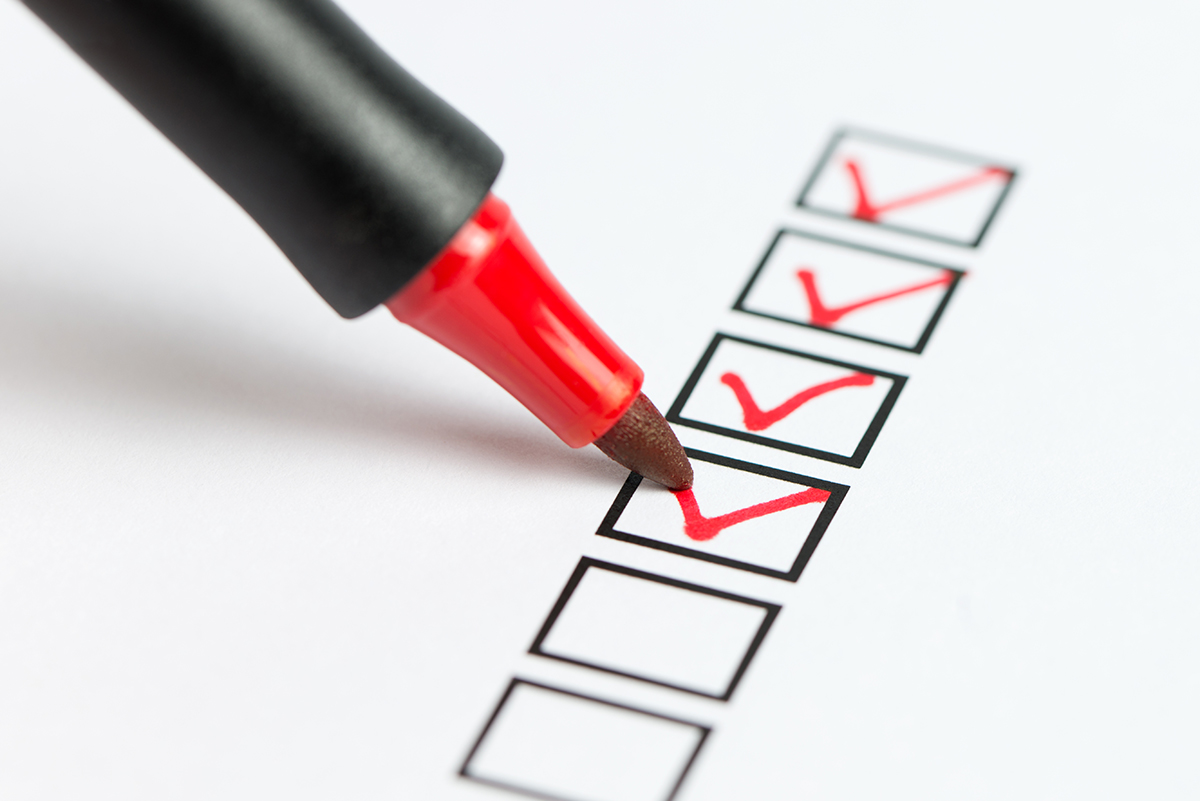In our increasingly connected world, the notion of setting boundaries in relationships has become more significant than ever. Relationships, while built on the foundation of bonding and bridging gaps, are equally about preserving individuality and maintaining personal space. This comprehensive guide aims to help you understand the critical role boundaries play in relationships and equip you with practical strategies to establish them effectively.
Table of Contents
- Introduction
- Why Setting Boundaries is Important
- Types of Boundaries
- Steps to Establish Personal Limits
- Upholding Personal Limits
- Conclusion
Introduction
The concept of ‘Setting Boundaries’ may initially seem to contradict the general perception of relationships. After all, aren’t relationships about reducing distances, merging lives, and sharing experiences? While there’s some truth to this perspective, it overlooks the fundamental components of any relationship – the individuals involved. Every person in a relationship is an entity with unique needs, preferences, and comfort levels. Overlooking these distinct aspects can lead to misunderstanding, dissatisfaction, and ultimately, conflict. Thus, setting boundaries becomes an essential tool to foster healthier and more respectful relationships.
In simple terms, personal ‘limits’ depict what you consider acceptable or unacceptable in others’ behavior towards you. Clearly communicating these limits to your partners, friends, or colleagues promotes better understanding and reduces potential conflict. By establishing these markers, you cultivate an environment of mutual respect and understanding, enhancing the overall health and longevity of relationships.

Why Setting Boundaries is Important
In the context of relationships, boundaries are a fundamental element for maintaining balance and promoting mutual respect. While it’s crucial to establish a strong connection with our partners, friends, or colleagues, it’s equally essential to retain our individuality. This fine balance is what fosters a healthy relationship.
Without clear demarcations, you may find yourself constantly involved in conflicts, feeling unappreciated, or even being taken for granted. Over time, such situations can lead to feelings of resentment and dissatisfaction. These demarcations act as a communication tool letting others know your needs and expectations, thus reducing misunderstandings and promoting harmony in relationships.
Furthermore, boundaries are an essential component of self-care. They allow you to protect your emotional, mental, and physical health, ensuring that your needs are met, and your wellbeing is prioritized. By setting boundaries, you assert your self-worth and cultivate an environment that fosters personal growth and fulfillment.
Types of Boundaries
Recognizing the importance of setting boundaries is the first step. The next step involves understanding the different types of boundaries that exist. Each boundary type caters to a different aspect of your personhood and is critical in its own way.
The four main types of boundaries are Emotional, Physical, Intellectual, and Time Boundaries. Each one deserves careful consideration and respect.

- Emotional Limits: These are related to your feelings and emotions. They protect your emotional space and determine your comfort levels with sharing personal information or expressing your emotions. An example of setting an emotional limit could be communicating to a friend that you prefer to spend some time alone when upset.
- Physical Demarcations: As the name suggests, these involve your personal space and physical comfort levels. They can also encompass preferences about your personal belongings. For instance, you might state that you are uncomfortable with hugging without consent or that you prefer others not to use your belongings without asking.
- Intellectual Respect: This pertains to your thoughts, ideas, and beliefs. It represents respect for your viewpoints, irrespective of whether others agree with them. An intellectual respect could be something as simple as expecting others to respect your political views, even if they don’t align with theirs.
- Time Management: This involves allocating your time effectively and not allowing others to encroach upon it. For instance, you might establish specific work hours and express that you prefer not to be disturbed during this time.
Steps to Establish Personal Limits
Understanding why and what boundaries to set is a good start, but how do you actually go about setting these boundaries? For many, this can be a daunting task. It can bring up feelings of guilt or fear of rejection. However, it’s important to remember that setting boundaries is a form of self-care and a necessary step towards healthier relationships. The following steps aim to guide you through this process.

- Identify Your Limits: Reflect on your past experiences and identify instances where you felt uncomfortable, disrespected, or overwhelmed. These can serve as indicators of your personal limits.
- Express Your Limits Clearly: Once you are aware of your limits, it’s crucial to communicate them clearly. Use assertive communication and ‘I’ statements. For example, instead of saying, “You’re always on your phone,” say, “I feel ignored when you’re on your phone during our conversations.”
- Stay Consistent: Consistency is key when establishing limits. If you’re inconsistent, others might not take your limits seriously. Remember, it’s perfectly fine to remind others if they overstep. Inconsistencies may lead them to believe that the limit is flexible or non-existent.
- Practice Self-Care: Defining these limits is ultimately a form of self-care. It’s about respecting your needs and ensuring others do the same. So, don’t feel guilty about setting boundaries. It’s not selfish; it’s a necessary measure for your well-being.
Upholding Personal Limits
Setting boundaries is just the beginning; the real challenge lies in maintaining them. This task requires continuous self-awareness, assertive communication, and consistency. Realize that maintaining boundaries is a dynamic process that requires adjustments and renegotiations over time. It’s natural for your boundaries to evolve, and that’s okay. The important aspect is to stay aware of them and communicate them effectively.
Conclusion
In conclusion, healthy limits is an integral part of any healthy relationship. It not only promotes mutual respect, understanding, and clarity but also fosters an environment that allows the relationship to thrive. Remember, setting boundaries is not a one-time act, but a continuous process that evolves with you and your relationships. As challenging as it may initially seem, with time and practice, establishing limits becomes an empowering tool that significantly enhances your relationship experiences. 








Leave a Comment